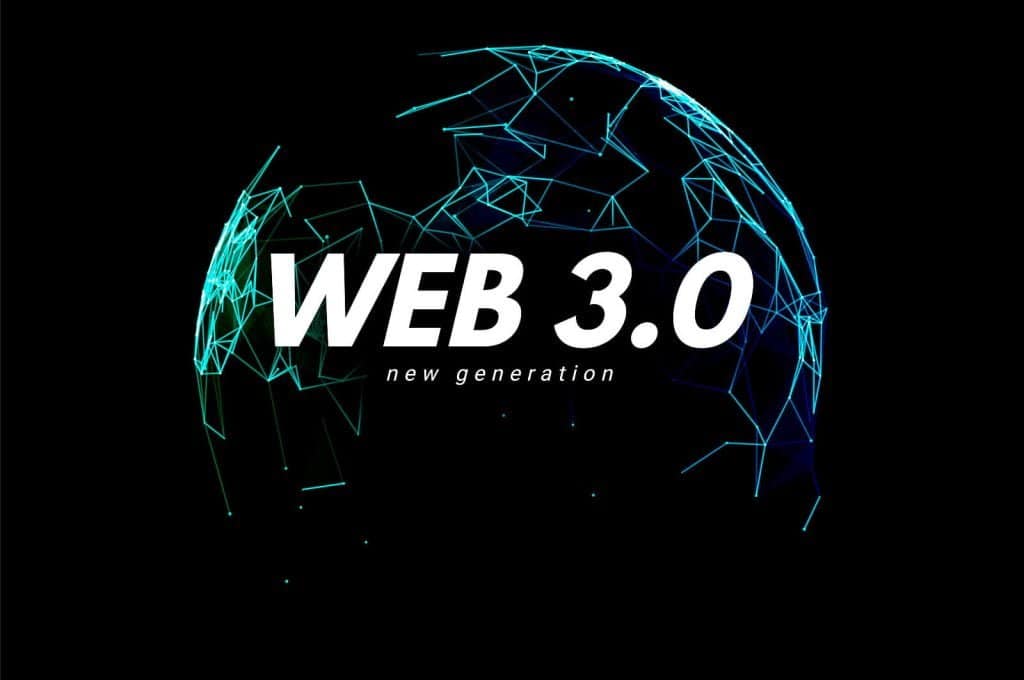After the crypto crash of 2022 and the subsequent wave of skepticism, many declared Web3 a failed experiment. NFT hype cooled, token prices plunged, and mainstream adoption stalled. Yet beneath the headlines, developers and entrepreneurs never stopped building. Today, Web3 is quietly regaining momentum, not with speculative mania but with practical applications, institutional partnerships, and more sustainable business models.
From Hype to Reality
The first wave of Web3 was driven by hype, million-dollar JPEGs, meme coins, and viral speculation. But the crash forced a reset. Startups that survived shifted focus to utility: blockchain infrastructure, decentralized identity, and tokenized real-world assets. According to Electric Capital’s 2023 Developer Report, the number of active blockchain developers remains 2.5x higher than in 2018, showing that talent hasn’t left the space.
Institutional Adoption
While retail interest waned, institutions began quietly experimenting with blockchain. BlackRock, Fidelity, and Visa announced pilots for tokenized assets and payment rails in 2023–2024. These moves signaled that Web3 wasn’t dead—it was maturing. The narrative has shifted from “get rich quick” to “long-term efficiency and trust.” Institutional players bring credibility, regulation, and global infrastructure to the ecosystem.

NFTs Evolving Beyond Collectibles
The NFT market, once infamous for overpriced art, is finding new life in gaming, ticketing, and digital identity. Platforms like Nike’s .SWOOSH and Starbucks Odyssey use NFTs to deepen customer loyalty rather than speculation. By 2024, Deloitte projected that tokenized tickets could account for 12% of global live-event ticketing, showing a real-world use case that extends far beyond digital art.
DeFi’s Second Act
Decentralized finance, another sector hit hard in 2022, is slowly recovering through more conservative, transparent models. Protocols are focusing on compliance, stable yields, and partnerships with traditional banks. For example, Aave’s collaborations with institutional investors show how DeFi can integrate rather than compete with legacy finance. The emphasis has shifted from risky yield farming to real utility.
Global Growth Outside Silicon Valley
Interestingly, the revival of Web3 is happening globally, not just in Silicon Valley. Nigeria, Brazil, and India are becoming hotbeds of blockchain adoption due to high mobile penetration and demand for alternative financial systems. These regions are proving that the next wave of Web3 growth will be bottom-up and globally distributed.
Conclusion
Web3 isn’t roaring back with the frenzy of 2021, but it is steadily rebuilding trust and purpose. The focus has shifted from hype-driven speculation to real-world use cases, institutional adoption, and global inclusivity. For entrepreneurs, this is the moment to think long-term: the slow comeback of Web3 may be its most sustainable chapter yet.






